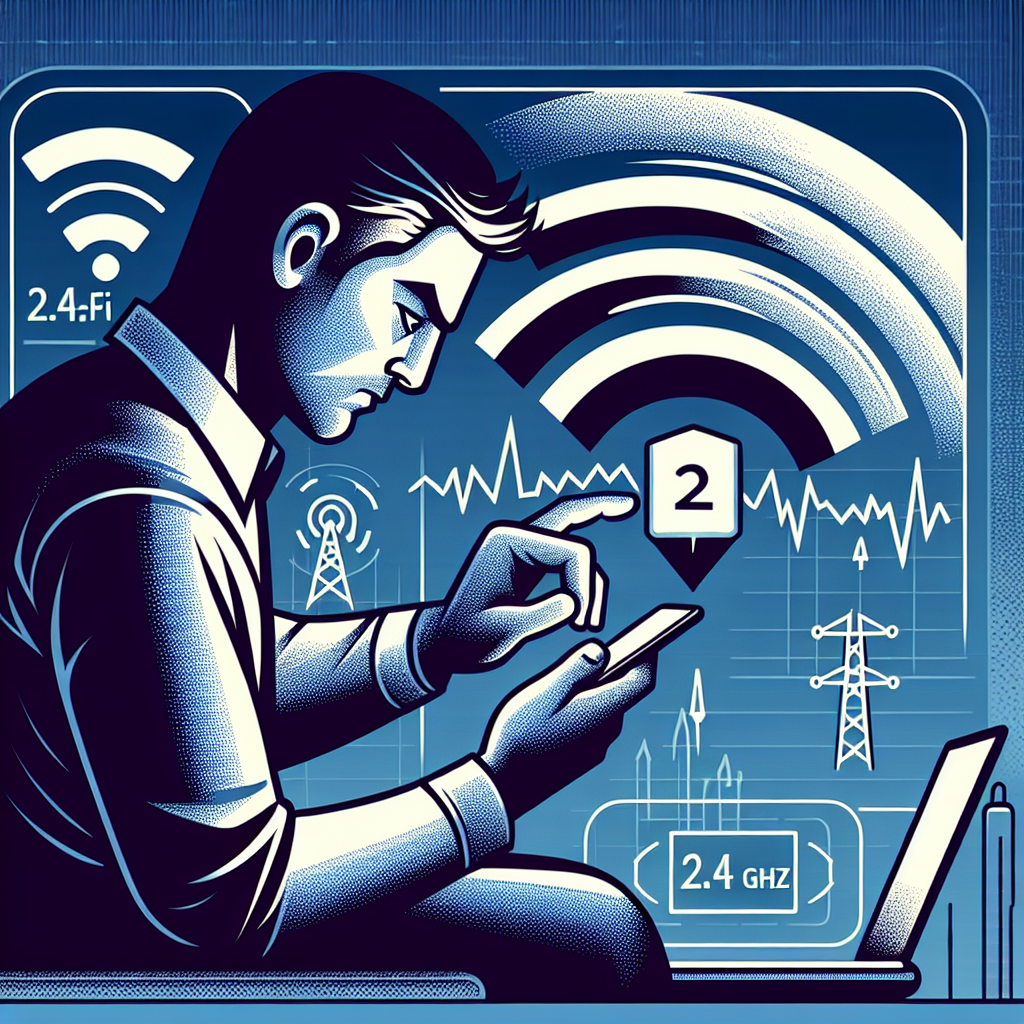What is Bidirectional Charging: Understanding Its Functionality and Benefits
As electric vehicles (EVs) continue to gain popularity, understanding the intricacies of their technology becomes essential. One such innovative feature is bidirectional charging, which allows electric vehicles to not only consume energy but also return it to the grid or power other devices. This article delves into what bidirectional charging entails, its benefits, and how it's shaping the future of energy consumption.

What is Bidirectional Charging?
Bidirectional charging refers to the ability of electric vehicles (EVs) to both receive and discharge electricity. Unlike traditional unidirectional chargers, where power flows solely from the grid to the vehicle's battery, bidirectional charging enables energy to flow in both directions. This means that electric vehicles can not only be charged from the grid but can also send electricity back into the grid or supply energy to other devices, homes, or appliances.
How Does Bidirectional Charging Work?
Bidirectional charging operates through advanced vehicle-to-grid (V2G) and vehicle-to-home (V2H) technologies. The process requires specialized equipment, including smart chargers that can manage the flow of electricity in both directions. When an EV is plugged in, the charging station interacts with the vehicle's battery management system, determining the optimal flow of electricity.
The two main modes of bidirectional charging are:
- Vehicle-to-Grid (V2G): In this scenario, EVs can send surplus electricity back to the grid during peak demand times, helping to stabilize the grid and potentially earning the vehicle owner incentives.
- Vehicle-to-Home (V2H): This setup allows electric vehicles to power homes during outages or peak energy usage periods, acting as a backup power source when needed.
What Are the Key Benefits of Bidirectional Charging?
Bidirectional charging offers several advantages, contributing to a more sustainable and efficient energy ecosystem.
1. Energy Management
Bidirectional charging assists in managing energy consumption more effectively. Owners can discharge energy from their vehicle to the grid when electricity rates are high and recharge when rates are low, creating potential cost savings.
2. Grid Stabilization
By allowing EVs to send excess energy back to the grid, bidirectional charging can help balance supply and demand, especially as more renewable energy sources are integrated into the grid. This capability ensures grid reliability and resilience.
3. Emergency Backup Power
In the event of power outages, bidirectional charging enables EVs to function as a backup power source for homes. This is particularly valuable during natural disasters or situations where the grid is compromised.
4. Enhanced Renewable Energy Utilization
With more EVs equipped for bidirectional charging, the utilization of renewable energy sources like solar and wind can be optimized. Owners can charge their vehicles during peak renewable energy generation and discharge it during low production periods.
Applications of Bidirectional Charging
Bidirectional charging technology can be applied in various scenarios:
1. Electric Vehicle Fleets
Commercial EV fleets can use bidirectional charging to manage energy costs, allowing for optimal charging schedules and reducing overall operational costs.
2. Residential Solutions
Homeowners with home batteries can integrate EVs into their energy management systems, utilizing them as additional energy storage units.
3. Smart Grid Systems
As cities evolve, integrating bidirectional charging into smart grid systems can enhance the overall resilience and performance of urban power networks.
What Challenges Does Bidirectional Charging Face?
Despite its advantages, several challenges must be addressed for bidirectional charging to gain widespread adoption.
1. Technology Standards
Uniform standards regarding bidirectional charging technologies, protocols, and infrastructure need to be established to ensure compatibility across different vehicles, chargers, and energy systems.
2. Infrastructure Investment
Significant investment will be required to upgrade existing charging infrastructure and install the technology necessary to support bidirectional charging functionalities.
3. Consumer Awareness
A lack of understanding among consumers regarding bidirectional charging and its benefits can hinder adoption. Education and outreach will be essential to promote its advantages.
The Future of Bidirectional Charging
The future of bidirectional charging is promising, with increasing interest and investment in both electric vehicles and renewable energy technologies. As battery technology continues to improve, the capacity and efficiency of bidirectional charging systems are expected to enhance. Furthermore, as communities and utilities embrace decentralized energy management solutions, the role of bidirectional charging will become increasingly vital.
In summary, bidirectional charging represents a significant advancement in the electric vehicle technology landscape, allowing for a more flexible and resilient energy system. Understanding its functionalities and benefits can help consumers make informed decisions regarding electric vehicles and energy consumption in the future.
New posts

How Cities Are Adapting to Electric Vehicle Charging: Innovations and Strategies
Sustainability

Emerging Trends in Electric Vehicle Charging Standards: What to Watch for in 2024
Sustainability

The Future is Bright: EV Charging and Home Solar Panel Integration Explained
Home Improvement







Popular posts

How to Reset Your EV Charger: A Comprehensive Guide
Home Improvement
DIY Guide to Installing a Wallbox: A Step-by-Step Approach
DIY

Exploring the Latest EV Charging Station Design Trends
Technology Trends

Future Trends in Public EV Charging: What to Expect in the Coming Years
Sustainability

Insights from the Frontline: Interviews with EV Charging Industry Experts
Interviews

Understanding the Difference Between AC and DC Chargers: Key Insights
Energy Efficiency

EV Charger Firmware Updates: What You Need to Know
Firmware-Updates

The Future of EV Charging Stations and Smart Grid Integration: Transforming Energy Management
Sustainability

Breakthroughs in Wireless EV Charging: The Future of Electric Mobility
Innovation

EV Charging Myths vs Facts: Debunking Common Misconceptions
Sustainability